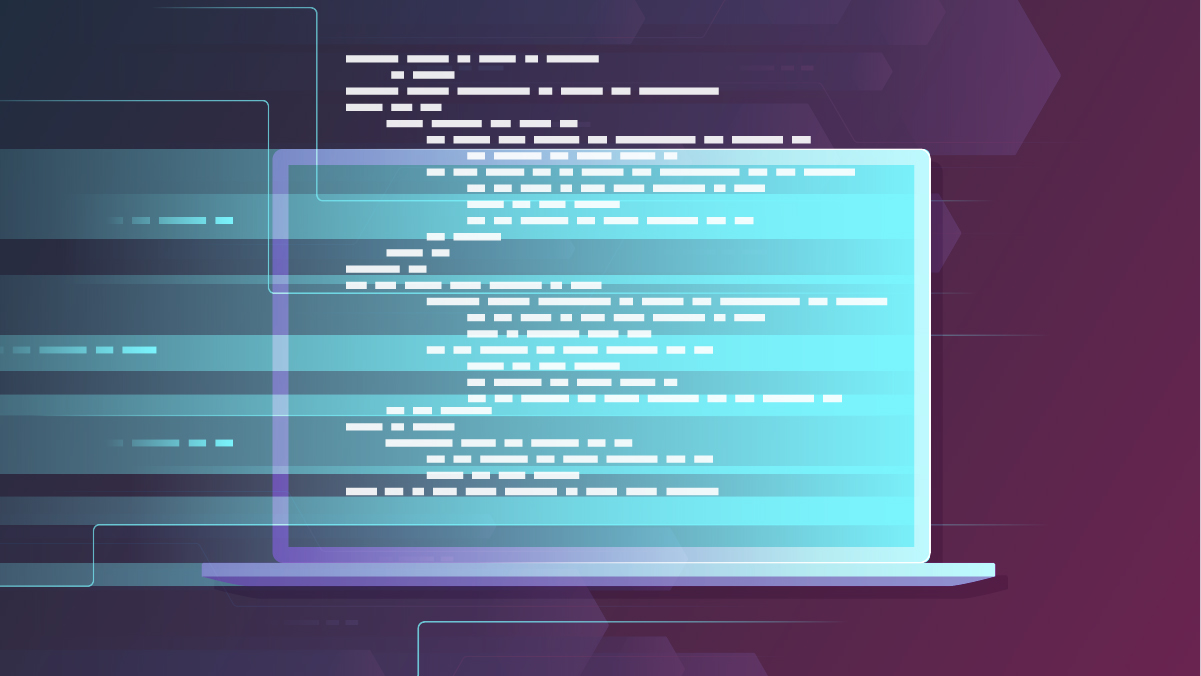CSS is a language used to style a web page’s layout and content and is a fundamental tool used by web developers. Using CSS creates a separation of presentation and content, which allows for web pages to share styles and reduces efforts and duplication of code. However, the creation of SCSS has increased the capabilities of CSS to further enhance the presentation of web pages.
Key Differences
Here are a few of the key differences between CSS and SCSS.
| Features | CSS | SCSS |
| Definition | Cascading Style Sheets (CSS) is a scripting language used to develop web pages | Sassy Cascading Style Sheets (SCSS) is a preprocessor language that is compiled or interrupted into the CSS |
| Structure | Utilizes inline declarations and does not use indentations | Includes nesting and indentations to allow for easy reading and writing of code |
| Compiling | Does not require compiling | Must be compiled or interrupted into CSS |
| Functions | Allows for basic functions | Has all functions of CSS and includes more advanced functions |
| Variables | Does not allow for variable creation | Allows for variable creation and can be used as global or local references |
Advantages of SCSS
CSS is easy to understand and allows for quick implementation of styles on web pages. However, it has its limitations and SCSS is here to expand on those limitations. The first advantage is the promoted nesting of rules which helps readability. The reason that nested syntax is so valuable is because you don’t have to rewrite every class when creating new rules. For example, in CSS:
body { /* css goes here */ }
body div { /* css goes here */ }
body div a { /* css goes here */ }
In the above example, we had to rewrite the body three separate times to target the specific rule, while in SCSS we only have to reference it once and can nest all of the specific rules inside of it. Here is an example of the same rules in SCSS:
body {
/* css goes here */
div {
/* css goes here */
a {
/* css goes here */
}
}
}
Another advantage of SCSS is the use of variables. Variables can store values and can be reused anywhere at any time. For example, you can set a variable to a color hex value and reference that color for anything you need. If you had to change what the color was for everything, you wouldn’t have to go to every rule, you can just change the value of the variable. This saves a lot of time when you need to make changes. SCSS is also backwards compatible with any version of CSS so you can use any preferred CSS library. There are many more advantages of SCSS but these are some of the highlights.
Implementation
You can begin using SCSS right away in your website projects; there are a few different ways to do so. The quickest way with no installation is to use an online tool to manually convert SCSS to CSS. You can copy all your SCSS and paste it in, and it will automatically compile it into usable CSS for your web project. This is not recommended unless you need it done on the fly, as you would have to compile everything manually. Thankfully, there are compilers that you can install within your project that do this automatically. Depending on your code editor, there may be plugins or add-ons that you can use to help you with compiling so make sure to explore those options. Otherwise, you can install a variety of different compilers such as Gulp, Grunt, or even use NPM to compile SCSS.
Conclusion
SCSS is a powerful extension of CSS and can help developers write clean and efficient CSS. With the ability of using variables and nested syntax, you can effectively and dynamically write your styles and compile into efficient CSS. SCSS may not be suitable for every web project or application as you will need a compiler, so make sure you are aware of your project’s needs. There are many advantages, so make sure to leverage them in your projects when you can.
